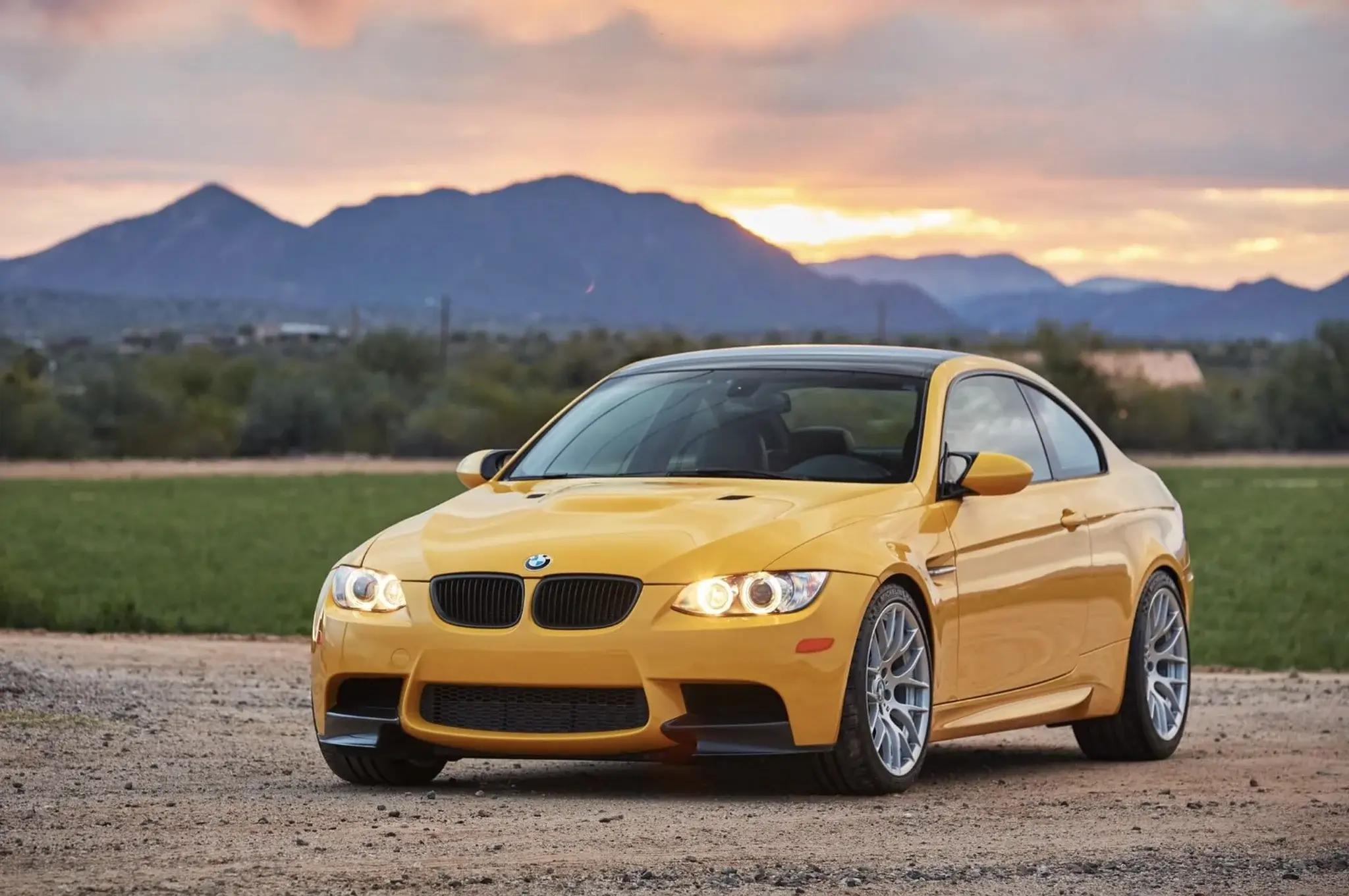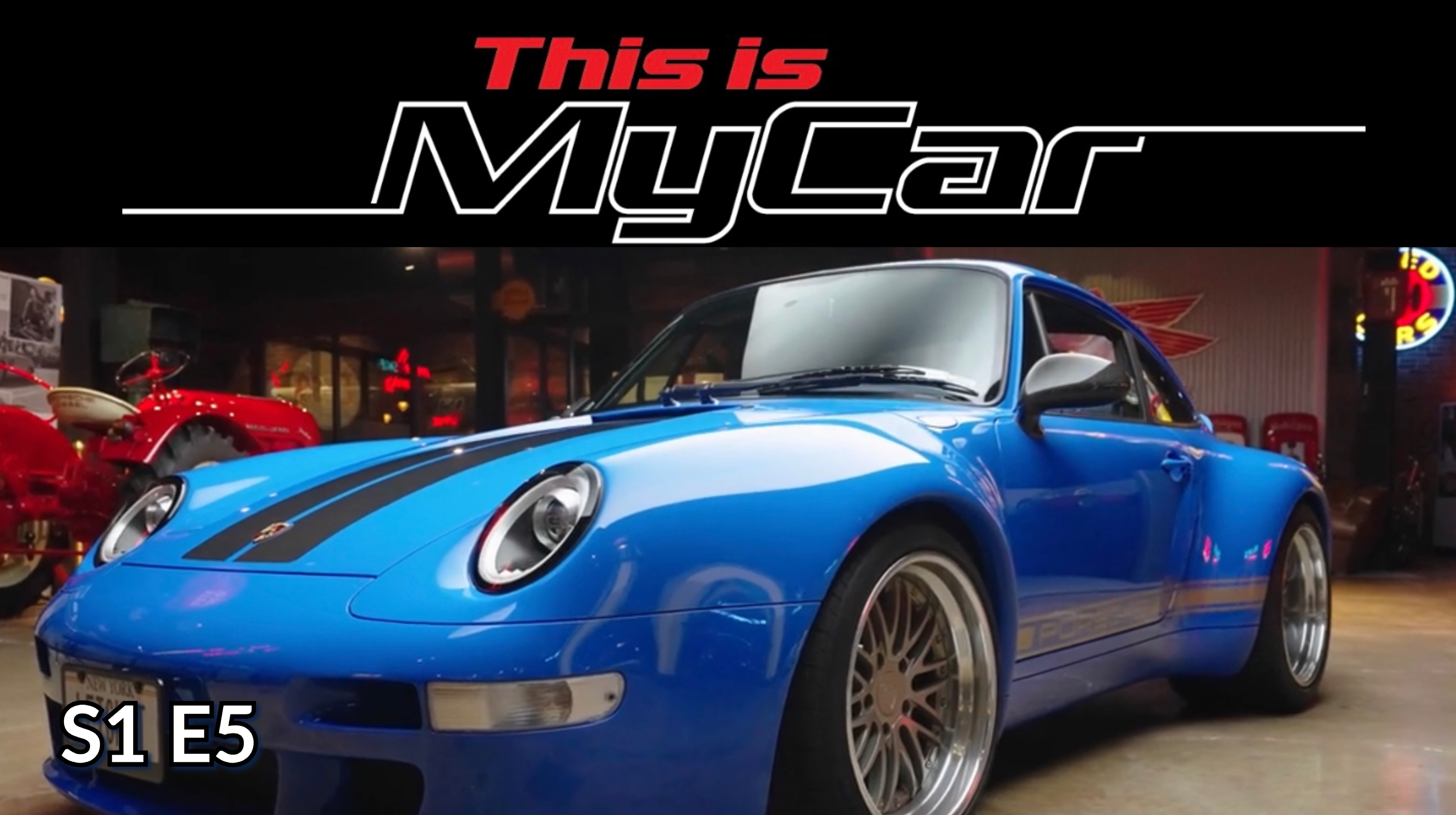The Benchmark: BMW M3
Published By: PCAR_ORIGINAL

Since its inception in 1986, BMW's high-performance M3 model has set the bar for European sports cars. Originally developed as a homologation special for the Deutsche Tourenwagen Meisterschaft (DTM) racing series, the first M3 was based on the E30 3-Series and made use of revised aerodynamics, larger brakes, upgraded suspension, and the specially developed S14 DOHC inline-four engine. The result was an impeccably well-balanced and finely tuned sports car whose racing counterparts would go on to win some of the most prestigious motorsport events of the era.
The road-going variants of the original M3 were met with equal levels of success, with nearly 18,000 examples produced worldwide between 1986 and 1991. Exuding racing heritage and high-performance M Power technology, the M3 transformed the BMW 3-Series from a consumer status symbol to a sports car for the driving enthusiast.
In 1992, the original M3 was succeeded by the E36 version with its S50 straight-six engine. Although the launch of the E36 M3 coincided with BMW's withdrawal from DTM racing, the new M3 successfully campaigned in many other motorsport events including the IMSA GT Championship and American Le Mans Series. To capitalize on the commercial success, BMW commenced production of convertible and four-door sedan versions of the M3 as well as a new automatic transmission.
Following the E36 came the E46 M3 with its venerable $54 engine, the final evolution of BMW's S50 straight-six. The E46 was offered as a Coupe or Convertible and was available in several high-performance trims including the Competition Package, CSL, and GTR homologation special. The E46 remains perhaps the most highly revered M3 of all and is still well within reach for many aspiring M-owners.
The last naturally aspirated M3 became the E90 series. Unlike any M3 that came before or after, the E90 featured a V8 engine. It also did away with the automated manual gearbox in favor of a modern dual-clutch unit that allowed any driver to make the most out of the M3's power.
It wasn't until 2014 that the future of the M3 became bleak for many purists. The F80 generation debuted a new 3.0L turbocharged inline-six, the smallest engine to have been equipped for an M3 since the original E30 version. To the further dismay of enthusiasts, the M3 was now to only be offered as a four-door sedan, with the role as BMW's flagship sports coupe given to the new M4 model. The F80 also marked the end of the M3's motorsport career, with racing duties also being passed along to the M4 Coupe.
From a hardcore homologation special to what is essentially an ultra-high-performance luxury sedan, the M3 remains a benchmark for the European sports car and a mainstay in almost every automotive publication's Top 10 List. While the latest M3, the G80, offers tremendous power and all the latest performance technologies one could ask for, even younger drivers have grown an affinity for the past generations and their timeless styling, visceral performance characteristics, and exceptional build quality.
AUTHOR: G_MUND

















